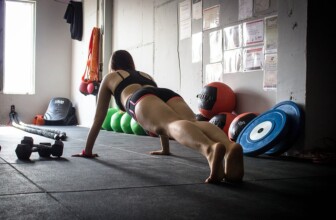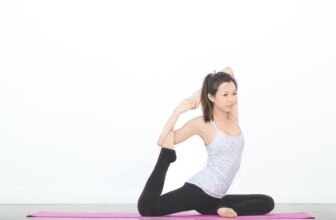Elevate Your Workspace: The Unparalleled Benefits of Standing Desks for Health and Productivity
Introduction
In the fast-evolving world of modern work, the traditional notion of a sedentary office setup has come under intense scrutiny. With rising concerns over health and productivity, standing desks have emerged as a popular alternative. This article delves into the myriad benefits of standing desks, exploring their profound impact on health, productivity, and overall well-being.
1. Understanding Standing Desks
Standing desks, also known as stand-up desks, allow the user to stand comfortably while working. They come in various designs, including adjustable options that can switch between sitting and standing positions.
2. Health Benefits of Standing Desks
The health implications of prolonged sitting have become a significant public health concern. Studies reveal that a sedentary lifestyle can lead to a range of health issues, including obesity, diabetes, and cardiovascular diseases. Here are some of the primary health benefits of using standing desks:
- Reduced Risk of Weight Gain and Obesity: Switching to a standing desk can help burn more calories.
- Lower Blood Sugar Levels: Standing after meals appears to reduce blood sugar levels, especially beneficial for individuals with insulin resistance.
- Reduced Risk of Heart Disease: Prolonged sitting has been linked to increased risk factors for heart disease.
- Reduced Back Pain: Many users report decreased back pain after transitioning to a standing desk.
3. Productivity and Focus
Standing desks can significantly enhance productivity. Several studies indicate that employees use standing desks more frequently report increased energy levels and attentiveness throughout the day:
- Awareness and Clarity: Standing encourages a more active engagement with tasks.
- Team Collaboration: Stand-up meetings can foster collaboration and hasten decision-making.
- Increased Energy Levels: Users often report feeling less fatigued, translating into higher engagement and creativity.
4. Real-life Examples and Case Studies
Case Study 1: A Tech Startup's Transformation
A tech startup in Silicon Valley decided to implement standing desks in their office as part of a wellness initiative. The initial results showed that the employees who used standing desks reported a 30% increase in productivity.
Case Study 2: An Educational Institution's Redesign
A university incorporated stand-up desks into its library study areas. Students revealed a better focus and engagement, alongside a 20% increase in their study duration.
5. Q&A Section
Q: How long should I stand when using a standing desk?
A: Experts recommend starting with short durations of standing—about 15 to 30 minutes at a time—and gradually increasing it as you acclimate.
Q: Can a standing desk height be adjusted?
A: Yes, many standing desks come with adjustable heights to accommodate different users' needs.
Q: Are there any downsides to standing desks?
A: While there are many benefits, prolonged standing can also lead to discomfort and fatigue. Therefore, it's crucial to alternate between sitting and standing.
6. Recommendations for Effective Use of Standing Desks
To maximize the benefits of standing desks, consider these tips:
- Ensure your screen is at eye level to reduce neck strain.
- Use a mat to cushion your feet.
- Alternate between sitting and standing throughout the day.
7. Future Trends in Workspace Ergonomics
The future of office design is increasingly focused on employee wellness. Trend forecasts suggest:
- Hybrid Work Models: Offices will evolve to offer diverse workspaces catering to various preferences.
- Smart Desks: Smart technology will personalize workspaces based on users’ habits.
- Integrated Health Solutions: More employers will offer health programs encouraging physical wellness.
8. FAQs
Q: Are standing desks suitable for everyone?
A: While many people benefit from standing desks, they may not be appropriate for everyone, especially those with certain pre-existing health conditions. It’s advisable to consult a healthcare professional for personalized advice.
Q: How do I choose the best standing desk?
A: Choose a desk that is height-adjustable, has a stable construction, and suits your workspace needs.
Q: Can children benefit from standing desks?
A: Yes, standing desks can benefit children too, especially in educational settings, promoting better posture and engagement.
Resources
| Source | Description | Link |
|---|---|---|
| American Heart Association | Study on the effects of sedentary lifestyle on health. | heart.org |
| CDC | Guidelines on workplace health initiatives. | cdc.gov |
| NIH | Research studies on standing desks and productivity. | nih.gov |
| WebMD | Health articles focused on workplace ergonomics. | webmd.com |
Conclusion
Standing desks offer unparalleled benefits for both health and productivity, resulting in a rejuvenated work culture. By addressing the issues of sedentary lifestyles, they encourage dynamic engagement and promote better overall health. As we continue towards a future prioritizing wellness and productivity, standing desks will play a pivotal role.
Disclaimer
The information provided in this article is for educational purposes only and is not intended as medical advice. Always consult with a healthcare professional to address specific health concerns or before making significant lifestyle changes.










